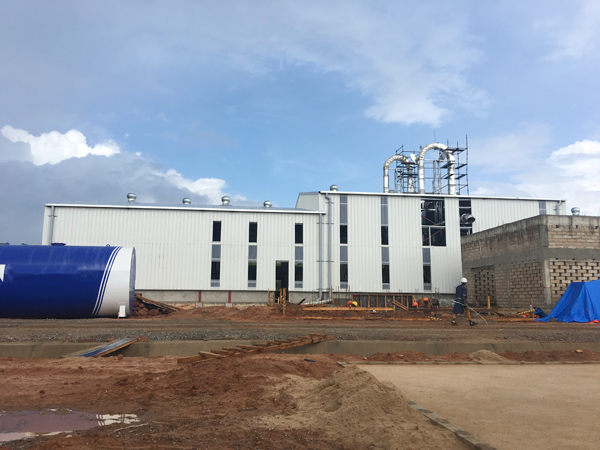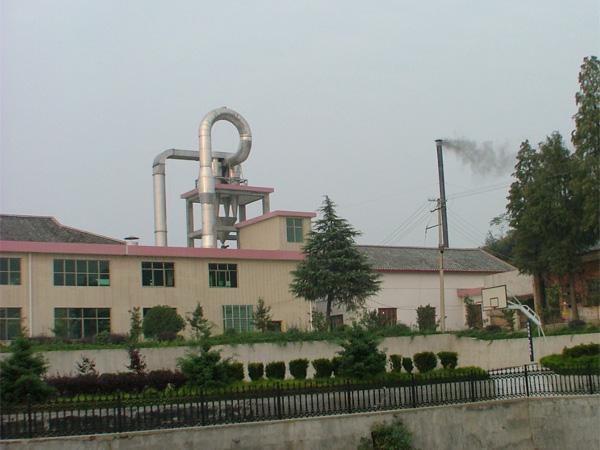What are causes of impurities in cassava starch processing ?
The impurities in cassava starch processing mainly refer to the sediment, crude fiber, protein, etc. The high content of impurities in cassava starch processing not only affect the starch quality but also have an influence on the quality of subsequent processed products.
Among the impurities in cassava starch processing, too much crude fiber content will cause poor lustre of starch. The color (whiteness) of starch was affected greatly by protein content. High sediment content will led to the processed starch fail to meet the hygienic standards for consumption, poor sense of chewing, affecting the taste. The causes of excess impurities in cassava starch processing are as follows:
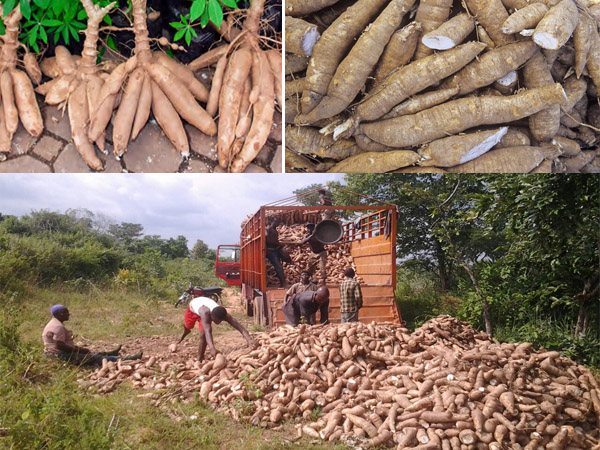 Cassava
Cassava
1. Incomplete cleaning and washing of raw materials
Sediment in the raw material is the main source of sediment in starch. The causes of impurities in cassava starch processing is that too much sediment attached to raw materials, and the cleaning process is not strict, and the washing process is incomplete, so that the amount of sediment goes into starch.
a. The soil is too wet and sticky when the cassava roots or tubers are collected and planed, and the topsoil of cassava is rich in mud. If the cleaning process starts when the wet mud is not dry, it will cause difficult to cleaning and lead to a large amount impurities in cassava starch processing. When using cassava as starch raw material, it is not strict to screen the soil and sand mixed with the raw material, which is the reason why some impurities enter the grinding system in cassava starch production process.
b. Another main factors impurities in cassava starch processing is that the raw material is not washed thoroughly and seriously, and the water consumption is low. For the traditional cassava starch processing, the washing process is mostly manual washing. When washing, some lack soaking process, direct washing, it is difficult to wash the cassava clean within a short time; Some use less water and are not washed after initial washing, still with a certain amount of sediment. And the semi-automatic cassava washing machine is normally low efficient. To improve the capacity, too much raw cassava is sent to washing machine which causes a large amount of pollutants and impurities such as sediment and residual soil enter the following work section, which will be more difficult to clean and affect the starch quality.
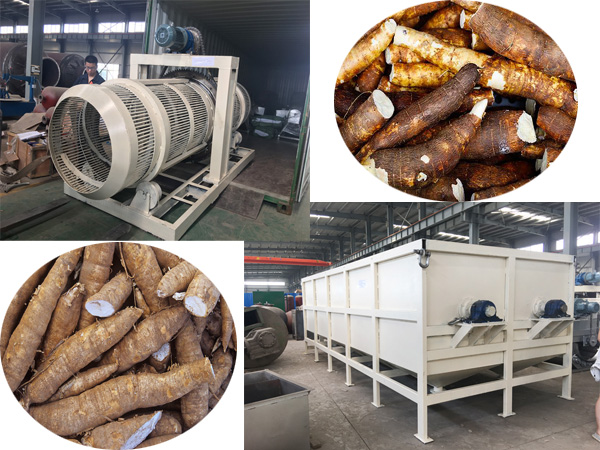 Cassava cleaning and washing
Cassava cleaning and washing
2. Incomplete fiber separation
During the separation of slurry and slag, some manufacturers only use about 60 mesh screen, resulting in a lot of fine slag (coarse fiber) with starch slurry leakage into the screen, the second screening with the same coarse screen filter, or no secondary filtration, so that the fine slag easily mixed with yellow powder and small starch particles. The amount of impurities in cassava starch processing such as crude fiber is increased. The screen mesh in the first separation can be used 80 or so, the second separation used 120 or so.
The centrifuge sieve and fine fiber sieve of Henan Doing Machinery is 120 mesh screen, which is specially used for the extraction of fine fiber out of starch slurry to produce starch with high purity, and can also be used for the filtration treatment of coarse starch.
3. Incomplete protein separation
Starch hydrocyclone station: When using hydrocyclone to separate protein, some of the mechanical properties are poor or the operation is not accurate, so that the protein is mixed into starch milk into the dehydration system which is another causes of impurities in cassava starch processing.
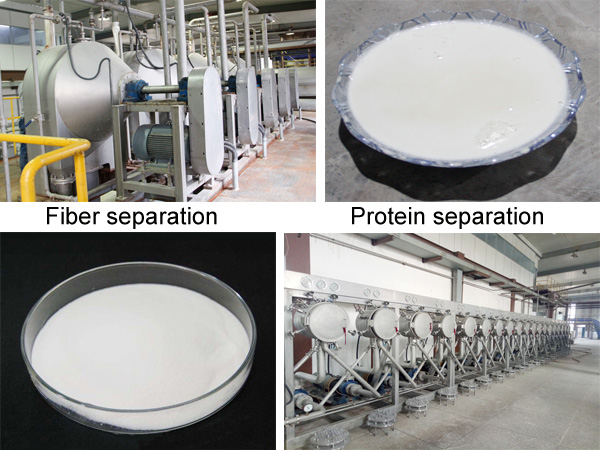 Fiber separation and protein separation
Fiber separation and protein separation
4. Non-standard operation
Causes of impurities in cassava starch processing are mainly shown in the following aspects:
(1). When milling, the cassava starch machine is too close to the sedimentation tank and there is no protective measures. The cassava residue in the machine splashes out and falls into the separated sedimentation tank, resulting in increased coarse fiber.
(2). The broken hole in the separating screen is not repaired in time to lead to the leakage of the cassava dregs.
(3). The tank or machine used to contact starch milk are not cleaned, with cassava residue and sediment, contaminating the starch.
(4). The yellow powder and sediment layer are not cleaned carefully when washing starch.
Therefore, control measures should be taken according to the causes of impurities in cassava starch processing to ensure the purity of starch.
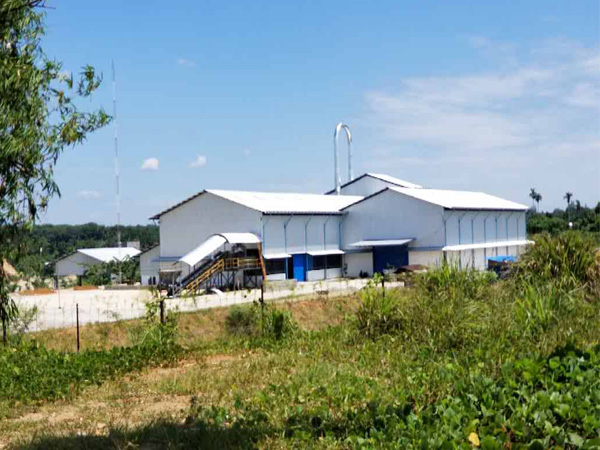
-
 Cel/WhatsApp: +8613526615783
Cel/WhatsApp: +8613526615783
-
 Phone: +86 371 5677 1822
Phone: +86 371 5677 1822
-
 E-mail: market@doingmachinery.com
E-mail: market@doingmachinery.com
-
 Address: Room 1408,14th Floor,Building 9,No.133 Yaozhai Road,Jinshui District,Zhengzhou City,Henan Province,China
Address: Room 1408,14th Floor,Building 9,No.133 Yaozhai Road,Jinshui District,Zhengzhou City,Henan Province,China


